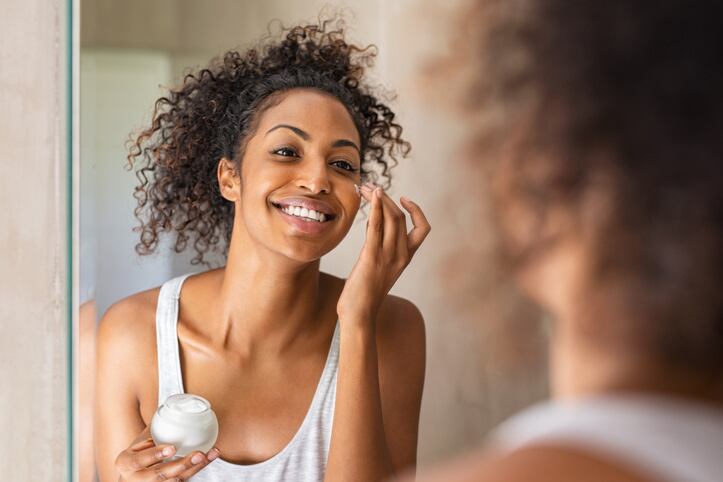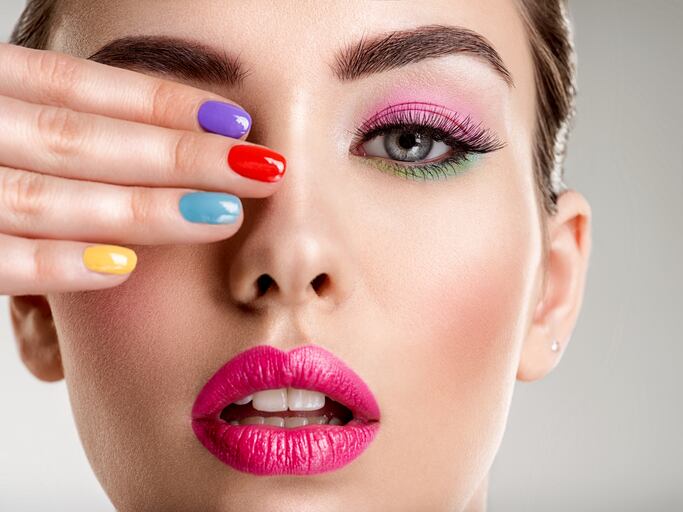The Israel-headquartered firm used self-learning artificial intelligence (AI) to track and analyse data from user and customer reviews worldwide, revealing top-trending topics and consumer sentiments in the beauty category. Data was gathered across 22 countries, from reviews in around ten different languages, across e-commerce websites, social media channels and internal data, when provided by a brand.
In the past six months, Revuze had analysed more than 4.5 million customer reviews.
“We take all of this huge, unstructured data and then our system actually categorises it into topics and analyses the sentiment of every quote to a specific topic. And then we dig in and find trends and look at what consumers are saying,” said Alon Ghelber, chief marketing officer at Revuze.
And recent analysis, conducted during the ongoing coronavirus (COVID-19) pandemic, had thrown up some interesting finds, Ghelber told CosmeticsDesign-Europe.
Whilst ‘long-lasting’, ‘skin coverage’ and ‘is it recommended?’ topped the topics chart in global beauty reviews last week [w/c May 20], three important topics had risen through the ranks in recent months, he said.
‘Moisturising’ steals spotlight as a top-trending beauty topic
Revuze now identified the term ‘moisturising’ as a topic in its own right because of a recent spike in the volume of reviews and positive sentiment around the term. It had become one of the “most trending topics” across beauty in recent months.
In January 2020, the term ‘moisturising’ was used in skincare product reviews 56% more than January 2019 and used 30.7% more times in February 2020 versus the previous year.

“Even though [moisturising] had been discussed previously, it didn’t have so much volume,” Ghelber said.
Interestingly, he said data from March 2020 showed a 17% drop in review mentions – indicative of “the transition from panic mode to a ‘new normal’” during this ongoing COVID-19 crisis.
Revuze’s most recent data, from the week commencing May 20, showed the ‘moisturising’ topic was back to a “steady state”, with 320 definitive discussions with sentiment versus 335 in the same week last year.
Increased interest in vitamins, particularly in facial care
Revuze analysis also showed a spike in interest and positive conversation around vitamins in beauty products, notably vitamin C and B3 and particularly in skin and facial care.
“It started in January – we saw a huge spike, both in sentiment and in volume, which means that consumers were speaking in a positive way about vitamins,” Ghelber said. And facial care was where the “major trend and wild shifts” were seen, he said.
In January 2020, there was a 670% increase in positive mentions about vitamins in facial care versus January 2019; February 2020 saw an increase in 334% on the previous year.
Ghelber said March 2020 data showed the topic trend was “back to normal”, with a similar number of mentions versus March 2019, though more recent analysis showed mentions had started to pick up again.
Asked what may be driving such increased interest and positive sentiment around vitamins in facial and skin care products, he said COVID-19 lockdowns had clearly contributed.
“By analysing the reviews, we came to the understanding that people are staying at home more and they have more time to take care of themselves - time they never had before (…) And we see that across multiple industries.”
DIY beauty – at-home kits better than the salons?
During the coronavirus pandemic, Revuze had also seen increased interest across all do-it-yourself (DIY) beauty products, including hair colour, nails and hair removal.
“There were a lot of discussions talking about the products being great,” Ghelber said, with plenty of references about never needing to return to the salon.
And DIY beauty out of all three trends, he said, was one that would certainly stay. “We’re actually building a DIY hierarchy on our dashboards to monitor this trend because we think it will be long-lasting.”
Revuze had also had numerous conversations with ingredient suppliers and manufacturers that also confirmed this trend, Ghelber said, with many brands now pivoting product design and marketing towards home usage.
‘Frequent’ change to come in the world of consumer trends
So, what do all these findings mean for the beauty world?
“What we’ve witnessed is that we’ve moved from the COVID panic towards what we call the ‘new normal’, and we do see some of the changes are consistent and we will probably see these remain; they will stay with us. But it’s ever-fluctuating,” Ghelber said.
“…We advise everyone to listen to their customers; to understand the voice of the customer and understand their needs,” he said.
In the coming weeks and months, as industry entered a ‘new normal’ stage and then ‘post-COVID’ world, he said consumer sentiment and opinions would change even more frequently than before, making it extremely important to track closely.
“Get prepared for a phase where changes are going to be more frequent. You can never anticipate how consumer tastes are going to change, but when the world is going to get into this new normal and then actual post-COVID, it’s going to be frequent changes and brands and manufacturers will have to adapt faster than they did in ‘normal’ days, pre-COVID” he said.
Time to market on product innovations or marketing updates that aligned with consumer trends would have to be much quicker, he said, and updated far more frequently over the next year.



